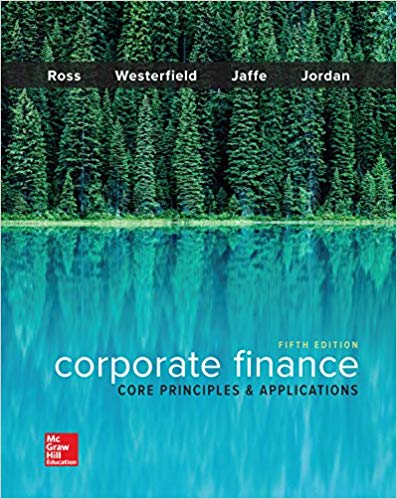دانلود کتاب Corporate Finance: Core Principles and Applications (Mcgraw-hill Education Series in Finance, Insurance, and Real Estate) 5th Edition
Author:
Stephen A. Ross Franco Modigliani Professor of Financial Economics Professor
0 (0)
توضیحات کتاب :
Ross/Westerfield/Jaffe/Jordan's Corporate Finance: Core Principles and Applications was written to convey the most important corporate finance concepts and applications at a level that is approachable to the widest possible audience.
سرچ در وردکت | سرچ در گودریدز | سرچ در اب بوکز | سرچ در آمازون | سرچ در گوگل بوک
1,687 بازدید 0 خرید










